Every woman dreams of keeping her skin youthful and glowing for as long as possible, but the thought of injections or surgery can be daunting. Luckily, beauty technology has come a long way, and today, there are wonderful alternatives for those who want to look youthful and radiant without needles or going under the knife. Non-invasive treatments offer the perfect balance between results and comfort, helping you achieve noticeable skin rejuvenation with minimal discomfort and recovery time.
Modern cosmetic technology offers a variety of methods to address common skin concerns: wrinkles, loss of firmness, pigmentation, and enlarged pores — all of these can be treated with cutting-edge technology. The key is choosing the treatment that best suits your skin’s needs.
- Laser Rejuvenation
- How it works
- What it feels like
- Suitable for:
- Not suitable for:
- IPL Therapy (Phototherapy)
- How it works
- What it feels like
- Suitable for:
- Not suitable for:
- Aftercare recommendations:
- RF Lifting (Radiofrequency Lifting)
- How it works
- What it feels like
- Suitable for:
- Not suitable for:
- Aftercare recommendations:
- Microcurrent Therapy
- How it works
- What it feels like
- Suitable for:
- Not suitable for:
- Aftercare recommendations:
- Ultrasonic Cleansing
- How it works
- What it feels like
- Suitable for:
- Not suitable for:
- Aftercare recommendations:
Laser Rejuvenation
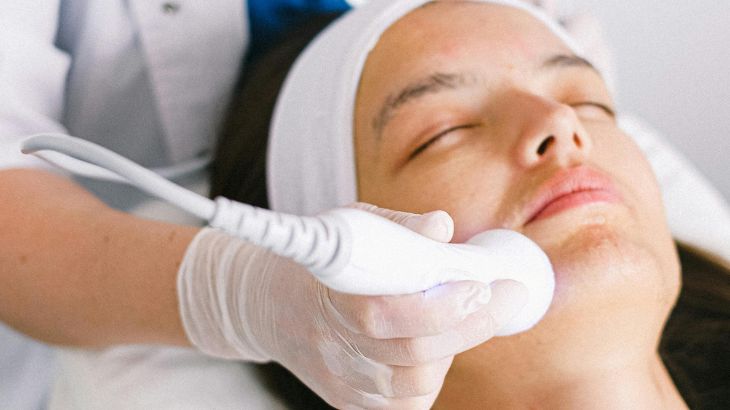
Laser treatments are one of the most effective ways to achieve youthful skin. By directing a laser beam deep into the skin, these treatments stimulate collagen production and cell renewal. This powerful method smooths wrinkles, improves skin texture, and helps with pigmentation issues.
How it works
One of the most popular methods is fractional laser treatment. The process works by creating small injuries in the skin, which then triggers its natural healing processes. This method effectively treats deep wrinkles, scars, age spots, and loss of skin elasticity. To see visible results, you’ll typically need 3 to 5 sessions, spaced 4-6 weeks apart.
What it feels like
During the procedure, you may feel warmth and mild tingling on your skin. Depending on the type of laser, sensations can range from slight discomfort to a burning feeling. Afterward, your skin may appear red and sensitive, but these symptoms usually subside within 1-3 days.
Suitable for:
- Deep wrinkles
- Scars (including acne scars)
- Age spots
- Uneven skin texture
Not suitable for:
- Recent tanning
- Skin inflammations
- Pregnancy and breastfeeding
IPL Therapy (Phototherapy)
Phototherapy, or IPL (Intense Pulsed Light), uses high-intensity light pulses rather than lasers. It’s designed to treat surface-level skin issues such as pigmentation spots, broken capillaries, redness, and uneven skin tone. Unlike laser treatments, IPL doesn’t damage the skin layers, but targets pigmented cells and blood vessels.
How it works
The light pulses penetrate the skin and are absorbed by melanin (pigment) or hemoglobin (in blood vessels). This breaks down the pigmented cells or reduces the appearance of blood vessels. IPL is great for treating pigmentation issues and redness, while also improving overall skin tone. Typically, 2-4 sessions are needed for the best results.
What it feels like
During the treatment, you may feel mild heat or “snaps” on your skin, similar to the sensation of a rubber band snapping against your skin. Unlike lasers, this is less painful and usually doesn’t require recovery time. Your skin may appear slightly pink right after, but it fades quickly.
Suitable for:
- Pigmentation spots
- Broken capillaries
- Uneven skin tone
Not suitable for:
- Light sensitivity
- Recent tanning
- Pregnancy
Aftercare recommendations:
As with laser treatments, it’s important to protect your skin from the sun after IPL therapy. Always use high-SPF sunscreen, avoid hot baths, and steer clear of aggressive skin care products such as:
- Scrubs with harsh particles that can damage sensitive skin.
- Toners and lotions with alcohol, can dry out or irritate your skin.
- Acid peels (AHA, BHA) that may be too harsh during recovery.
- Retinoids, which can increase sensitivity and cause redness.
RF Lifting (Radiofrequency Lifting)
RF lifting is another popular way to tighten skin without surgery. The procedure uses radiofrequency waves to heat deep layers of the skin, stimulating collagen production and firming the skin. It’s nearly painless, and after just a few sessions, you’ll notice firmer, more toned skin.
How it works
The device emits radiofrequency waves that deeply heat the skin, which activates the skin’s natural cell renewal process and strengthens collagen fibers. For the best results, it’s recommended to have 6-8 sessions, spaced 1-2 weeks apart.
What it feels like
During the procedure, you’ll feel a pleasant warmth as the skin is heated. There’s no pain, making this treatment comfortable to undergo. Afterward, there may be slight redness, but it fades quickly.
Suitable for:
- Loss of skin firmness
- Sagging facial contours
- Fine to moderate wrinkles
Not suitable for:
- Pacemakers or metal implants
- Cancer
- Pregnancy and breastfeeding
- Active skin inflammations
Aftercare recommendations:
After RF lifting, avoid overheating the skin (such as in saunas or hot baths). Don’t forget to use moisturizing products and sunscreen to maintain the results.
Microcurrent Therapy
Microcurrent therapy uses gentle electrical impulses to stimulate facial muscles and skin cells. These impulses help tone facial contours and improve skin elasticity, often called a “non-surgical facelift.”
How it works
Microcurrents target facial muscles, boosting their tone and improving circulation. This leads to a more sculpted look and smoother skin texture. The procedure also encourages collagen production. Typically, a course of 10-12 treatments is recommended, 2-3 times a week.
What it feels like
This is a painless treatment, though you may feel light tingling or muscle contractions during the session. These sensations are normal and disappear immediately after the session.
Suitable for:
- Fine lines and wrinkles
- Loss of skin tone
- Dull complexion
Not suitable for:
- Epilepsy
- Cardiovascular diseases
- Cancer
- Metal implants in the face
Aftercare recommendations:
Microcurrent therapy requires no downtime, but it’s best to avoid harsh skincare treatments for a few days and continue using moisturizing products to prolong the effects.
Ultrasonic Cleansing
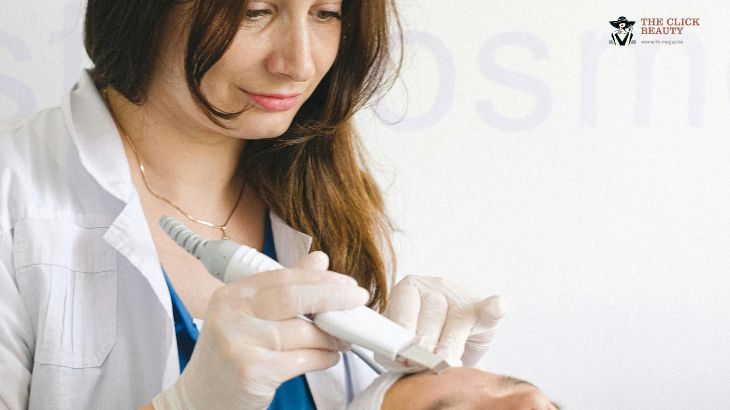
Ultrasonic cleansing is one of the most effective treatments for deeply cleaning the skin. It uses ultrasonic waves to gently clear out pores, remove dead skin cells, and improve circulation — all without damaging the skin.
How it works
The ultrasonic device emits high-frequency vibrations that penetrate the skin and gently push out dirt and excess oil from pores. At the same time, the vibrations boost circulation and stimulate cell renewal. You can have this treatment 1-2 times a month, depending on your skin’s needs.
What it feels like
The treatment is virtually painless. You’ll feel light vibrations and warmth on your skin during the session. Afterward, there may be a slight redness, but it disappears quickly.
Suitable for:
- Clogged pores
- Blackheads
- Dull skin
Not suitable for:
- Rosacea
- Active skin inflammations
- Severe acne
Aftercare recommendations:
After ultrasonic cleansing, avoid harsh products and protect your skin from the sun.
Remember that choosing the right treatment depends on your skin’s needs, and consulting with a qualified cosmetologist will help you make the best decision. They will recommend the most suitable treatment based on your skin’s condition and your personal goals.
Lastly, don’t forget that proper aftercare is essential to prolonging the results. Using moisturizers, protecting your skin with SPF, and adopting a gentle skincare routine will help you enjoy your refreshed skin for months to come.

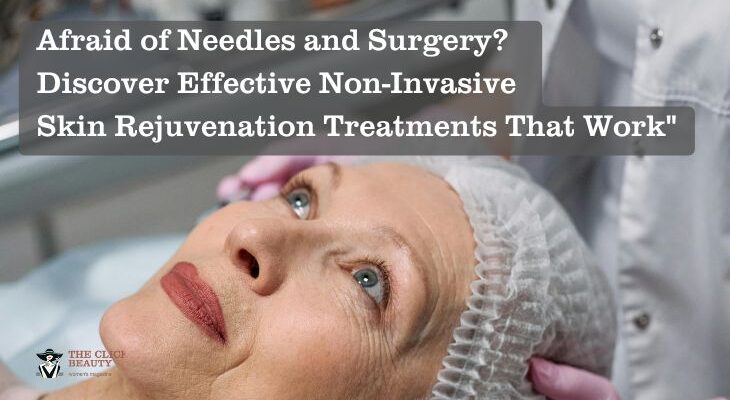
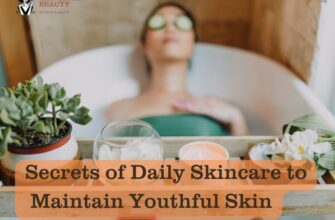
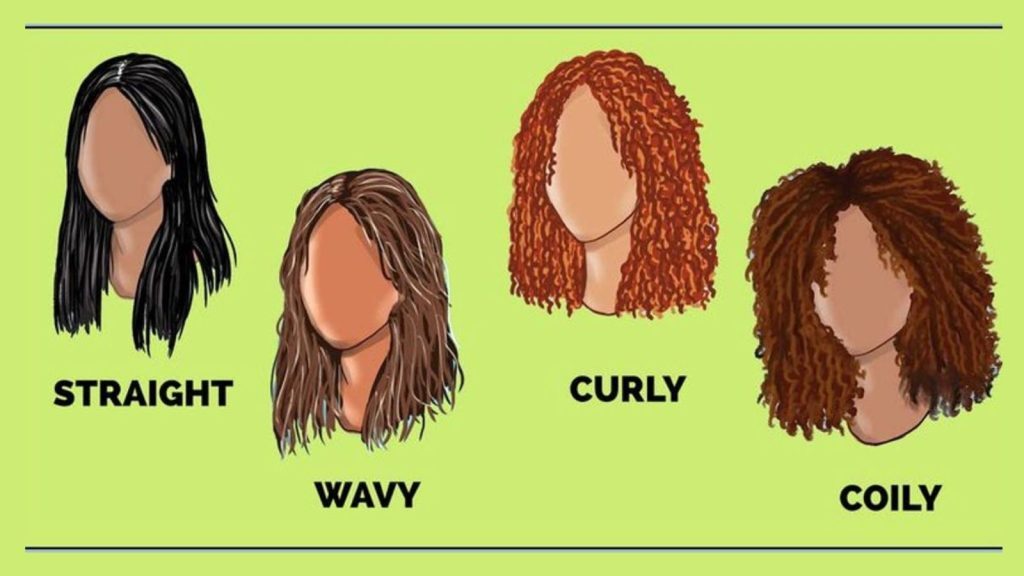
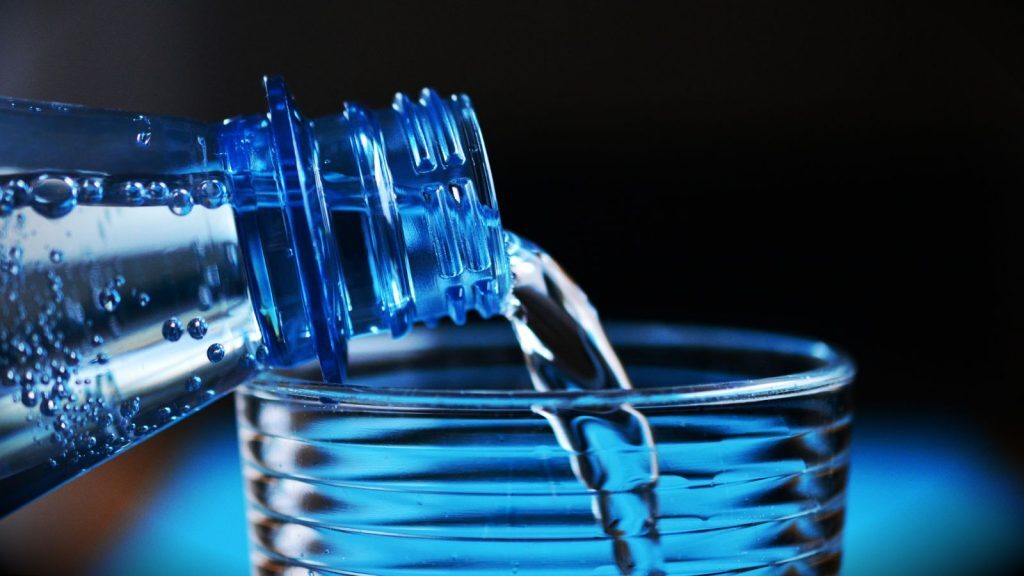
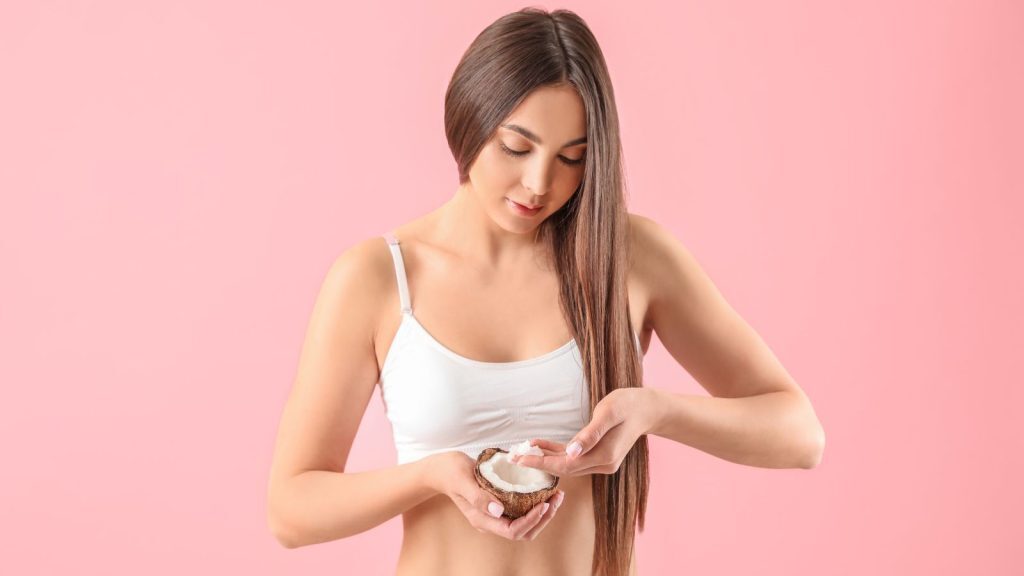
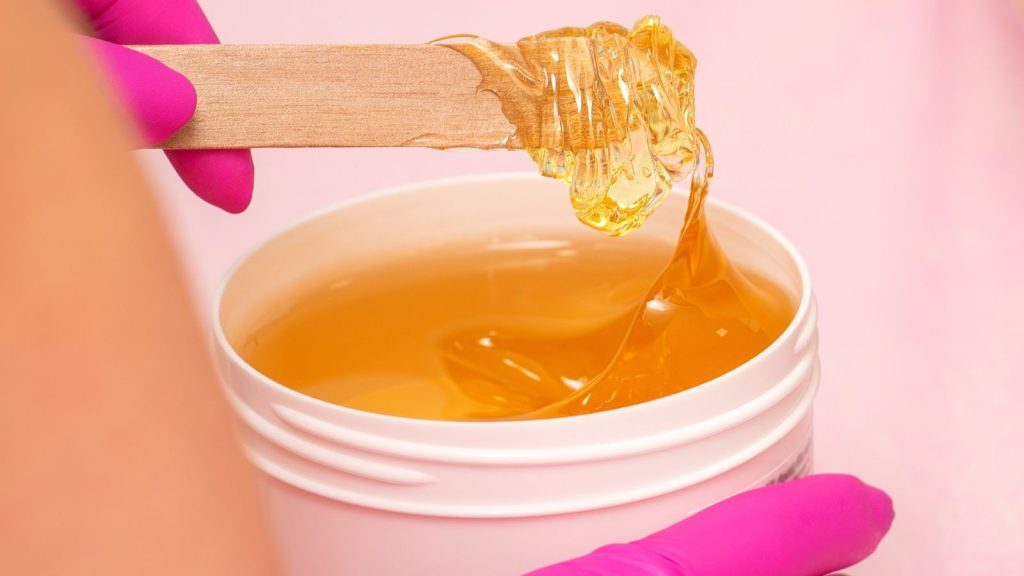
Thank you! It was interesting